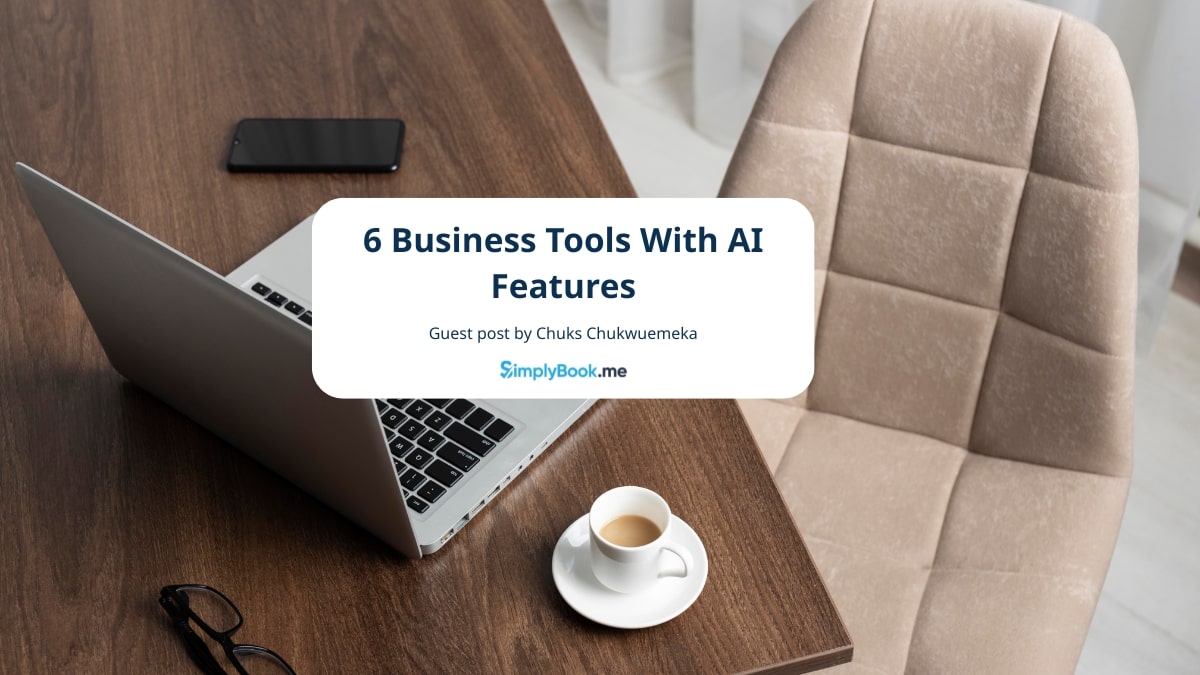Why do you need an MVP for your mobile app?

This post is also available in:
![]()
![]()
![]()
![]()
In today’s tech-oriented world, every modern business wants to get its own mobile application. Some use it to communicate more efficiently with their customers, others need a solution to automate internal processes and improve employees’ performance. But whatever the reason is, a mobile app can be a risky investment for any business if not approached correctly. In order to avoid potential financial losses, you can start with an MVP which is an important step towards the success of your application.
What is an MVP?
Let’s briefly refresh our memory on the topic.
According to Wikipedia, a minimum viable product (MVP) is a version of a product with just enough features to be usable by early customers, who can then provide feedback for future product development.
It is important to understand that MVP is not aimed at complete customer satisfaction. Instead, it allows users to test the basic functionality so you can add more features based on the users’ opinions and improve the product before it’s released. An MVP is also a good way to detect and fix any bugs on the spot. Not to mention the MVP provides a safe and inexpensive way to test the concept in the marketplace.
There are two categories of MVP types:
- Low-Fidelity MVP Types, which major goal is to understand the customer’s problem and outline the possible solution. Low-fidelity MVPs also help to decide if the idea is worth developing at all.
- High-Fidelity MVP Types aim to detect the directions for further development and improvement.
The main thing to remember about an MVP is that you don’t have to make it complex. The set of basic features should be just enough for the users to use and evaluate it.
Successful MVP examples include:
- Spotify
- Uber
- Airbnb
Yes, all these brands started with an MVP – and look where they are now!
Why you need an MVP for a mobile application
An MVP is the shortest and most efficient way to develop an idea into a profitable product. Its launch allows you to offer users the first version of your mobile application much earlier than if the development was done immediately on all the intended functions. But even if it is a minimum viable product, the functionality must be perfect. Otherwise, people will not use it, and your project will most likely fail.
Through the help of MVP, a company can also attract the right audience, solidify ideas, and save time and money due to early feedback. So now, let’s look at why you need an MVP in more detail.
The possibility of testing business idea
One of the most significant advantages that MVP provides is the opportunity to research your target audience at the initial stage. You don’t have to build the entire app to check whether users like it or need it. An MVP version of the app delivers core functionalities to test your business idea in real time. By offering this simplified version, you can test your hypotheses, get your product to market faster, and keep costs low.
Not to mention that releasing an MVP application will help you find out whether the product will attract any customers. If the idea is not unique or compelling enough, it will not draw people’s attention.
An accurate way to receive feedback
An MVP is the fastest and the most accurate way to receive user reviews about your idea. If you want your project to be successful, you need to stay client-oriented. MVP is the first step to mutual understanding and consistent dialogue between you and your audience. You need to listen to your users and react to their responses since they are your potential customers.
Helps to deal with security issues
The issue of mobile security is acute since apps usually process and store a lot of sensitive information. However, it may be challenging to detect all possible vulnerabilities and threats throughout the development process, and that’s where MVP might help. With an MVP, you can find and resolve the issues almost immediately before they cause any serious damage and before the full-fledged app is released. This, in turn, contributes to better security.
Saves costs
A minimum viable product for a mobile app development company is highly cost-efficient, and this is the reason why startups love MVPs so much. The development of basic features significantly reduces costs but, at the same time, provides a functioning app that can be used. Besides, you might find out that this set of features is enough for users, and you don’t really have to build more in order to complete the product.
How to develop an MVP?
An MVP may have limited capabilities, but that doesn’t mean you should underestimate the product development process. So how do you create a good minimum viable product? Let’s walk through the main steps.
Do thorough research
The MVP development process starts with market research. This allows you to understand who your target market is and what its needs are. As well the research will enable answer the following questions: what devices and platforms do they use the most? What do they look for in an app? Who are your competitors, and what makes them different?
We recommend using various methods to conduct market research, including surveys and focus groups. Good research is the first step towards your MVP standing out.
Set the goals
Your idea should appeal not only to you. Your final product should focus on the user, so before you start the development process, determine what the main user goal is. Analyze your customers and their problems/challenges and determine how an MVP can help. Then, define the long-term and short-term goals that you want to achieve with the application as well as user goals.
List the desired features
In order not to overload your MVP, you’ll need to prioritize the features that you want to incorporate into your app. At this point, it is important not to get carried away since the product should offer basic functionality and not be too complex.
First, assemble a list of features that you wish to include in your product prior you build the MVP. After that, categorize all the remaining features depending on their priority to determine what should be included by all means and what can be added later (or maybe not added at all).
Build and launch
Keep in mind that when developing any software product, quality should always be the priority. And since MVP offers a limited set of features, all of them have to function seamlessly. In addition to that, the design should be simple and intuitive. However, don’t underrate its importance and make it work the same way the app’s functionality does (aka without any issues). Partnering with an MVP app development company can ensure that these aspects are handled with expertise.
Once the MVP development is complete, you are ready to launch your MVP and collect feedback from users.
Analyze the feedback
This step implies you review all set metrics (i.e. bounce rate, user engagement, completed conversions) and analyze feedback that users give. This will help you know what can be improved and fixed.
It’s important to continue building, testing, and measuring your MVP application again and again until the final product is ready to arise. Based on the feedback, it becomes easy to determine whether or not the product is acceptable in the market and how well it stands against the competition.
MVP vs prototype: what’s the difference?
Both prototypes and MVPs are used to save development time and reduce risks. However, they are often confused because they both validate the product idea. So, what is the difference?
Prototyping helps visualize your idea, but unlike the MVP, it is not a functional model. The prototype helps to determine how to develop the product, its functionality, and its design. While an MVP is a functional product, a prototype is a simulation that looks and feels like an actual product.
Prototypes are usually simpler than MVPs and take less time to build. The expenses to make the prototype are also lower than those of developing an MVP app. While minimum viable products are public, prototypes tend to be private. And finally, an MVP allows users to experience the product as if they were potential customers.
Top mistakes when designing an MVP
It’s easy to get carried away and spend more time and money on creating an MVP than needed. Why is that so? There are some common mistakes that you can make while designing an MVP.
Too many features
When creating an MVP, you should not forget that your primary goal is to check the value of the product, its viability and demand among users in a short time. It is not a complete product, so keep things to the minimum and focus on key features that are essential to the functionality. Don’t get carried away or you can run out of budget fast while not even meeting your targets. So if you are stuck in the development process longer than expected, it means that you added unnecessary features and started to develop a full product instead of MVP.
Compromising on core features
While concentrating on not overloading your MVP version with unnecessary features, remember the core ones. Just because a product is an MVP doesn’t mean it has to be of poor quality. Nobody wants to use an app full of bugs and glitches. Any MVP you launch still needs to be technically excellent, with a great user experience that will keep people interested. Thus don’t compromise on the core features.
Ignoring the feedback
The only way to know if you have launched a successful MVP project is to listen to the people who are using it. After all, the purpose of the MVP is to test the idea and later turn it into a final product. However, some companies may ignore the feedback or forget about it. But without analyzing the users’ responses, you will never know the flaws and how to make your final product perfect and profitable.
Missing the prototyping phase
Even an MVP needs prototyping at first to visualize and explain your idea. Prototyping does not take too much time and helps to understand what the final product will look like and outline the possible user journeys. Besides, having a prototype of your idea makes it easier to attract investors and potential customers. Missing this stage can turn up very expensive, so it is in your best interests to present an appealing MVP product.
To sum it up
Nowadays, MVP has become a significant part of successful application development. After passing the MVP stage, the mobile application continues to develop and gain functionality. Besides saving you time, money and effort, it helps you to test your idea in real time. Hence, choosing to build MVP for your mobile app is totally worth it for businesses of any size and within any domain.
Ann is an experienced copywriter with a passion for innovation and technology. She loves writing on various topics and always strives to provide value to readers with her copy. Ann assists SoftTeco with the company’s content strategy and creates compelling articles on the latest tech trends.



Comments
0 commentsNo comments yet